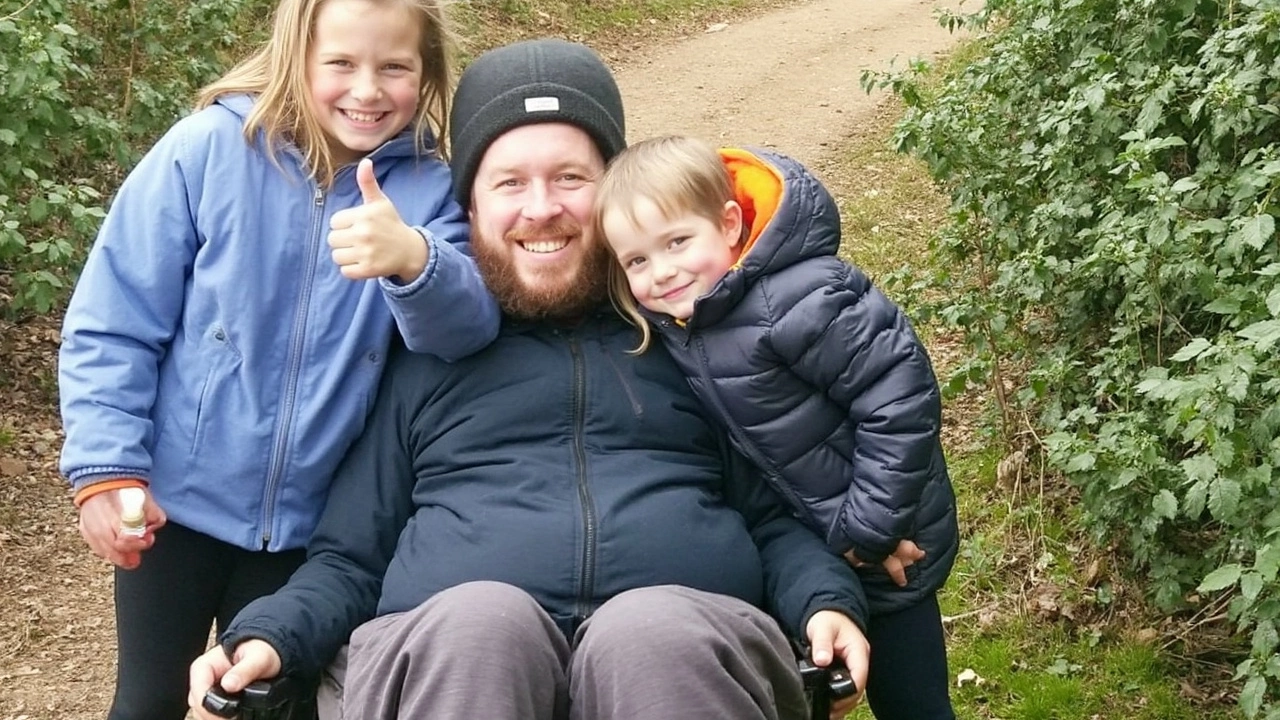Leg Amputation: What to Expect and How to Move Forward
If you or someone you know is facing leg amputation, the first thing to know is that it’s a life change, not a life‑ending event. The surgery removes part or all of a leg because of injury, disease, or severe infection. It sounds scary, but doctors aim to keep you as safe and comfortable as possible.
Right after the operation, you’ll spend a few days in the hospital. Nurses will check your incision, manage pain, and start gentle exercises. You’ll learn how to sit up, shift weight, and use a bedside commode. This early work helps avoid blood clots and keeps your muscles from getting too stiff.
Recovery Steps You Can Control
Recovery doesn’t end when you leave the hospital. Most people need 4‑6 weeks of at‑home healing before they start more intensive rehab. Here are three things you can do every day:
- Keep the incision clean. Follow the doctor’s instructions on washing and dressing changes. A clean wound reduces infection risk.
- Do your prescribed exercises. Simple ankle pumps, leg lifts (if you still have a stump) and breathing drills keep circulation moving.
- Watch your diet. Protein helps tissue repair, while staying hydrated supports overall healing.
Physical therapists will soon introduce you to a prosthetic socket—a custom‑made shell that fits over your stump. The first few fittings can feel odd, but they’re crucial for comfort and balance.
Getting the Right Prosthetic and Staying Active
Modern prosthetic limbs are lightweight, strong and designed for everyday activities. Your prosthetist will match the device to your goals—whether that’s walking, running, or even playing sports. Don’t be shy about asking questions about components, maintenance, and insurance coverage.
Once the prosthetic is ready, you’ll start gait training. This is where you learn how to walk with the new limb, how to shift weight safely, and how to avoid falls. Most people get the hang of it within a few weeks, but learning never really stops. Small milestones like climbing stairs or stepping into a car feel huge at first.
Staying active is key to long‑term health. Walking, swimming, and cycling are low‑impact options that keep muscles strong without stressing the stump. If you love a sport, look for adaptive programs in your area—many clubs have teams for amputees.
Emotional adjustment is just as important as the physical side. It’s normal to feel grief, anger, or frustration. Talking to a counselor, joining an online community, or chatting with other amputees can make a big difference. Sharing stories helps you realize you’re not alone and gives you practical tips you won’t find in a medical brochure.
In summary, a leg amputation is a major event, but with proper care, a well‑fitted prosthetic, and a solid support network, you can get back to the activities you love. Keep your appointments, stay active, and give yourself credit for every step forward.
UK Father Has Both Legs Amputated After Camping Trip Stomach Bug Turns to Sepsis
A UK father lost both legs after a stomach bug contracted on a family camping trip escalated to severe sepsis. His family is now urging people to recognize sepsis signs and get urgent medical help when symptoms suddenly worsen.






